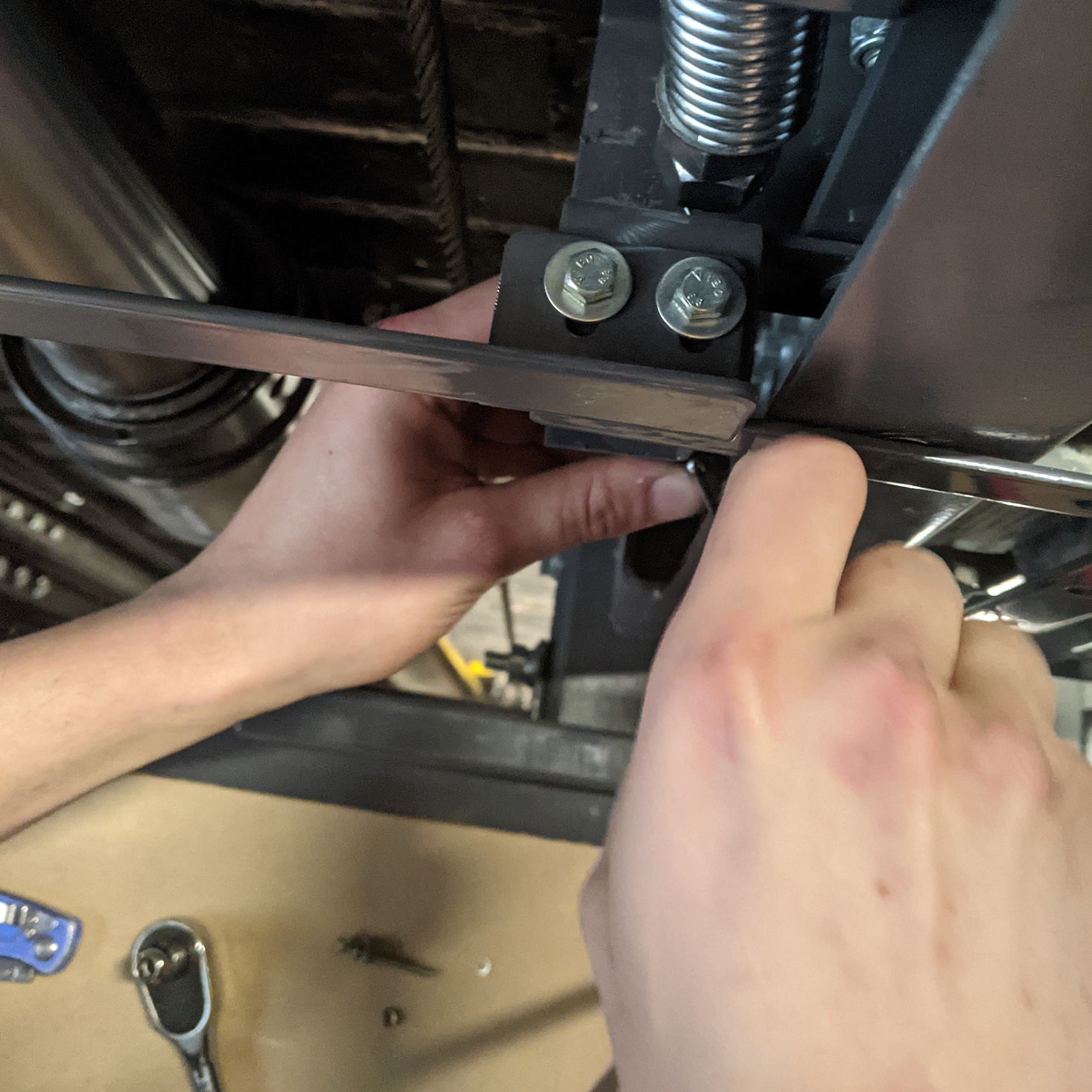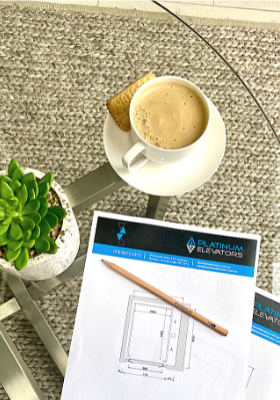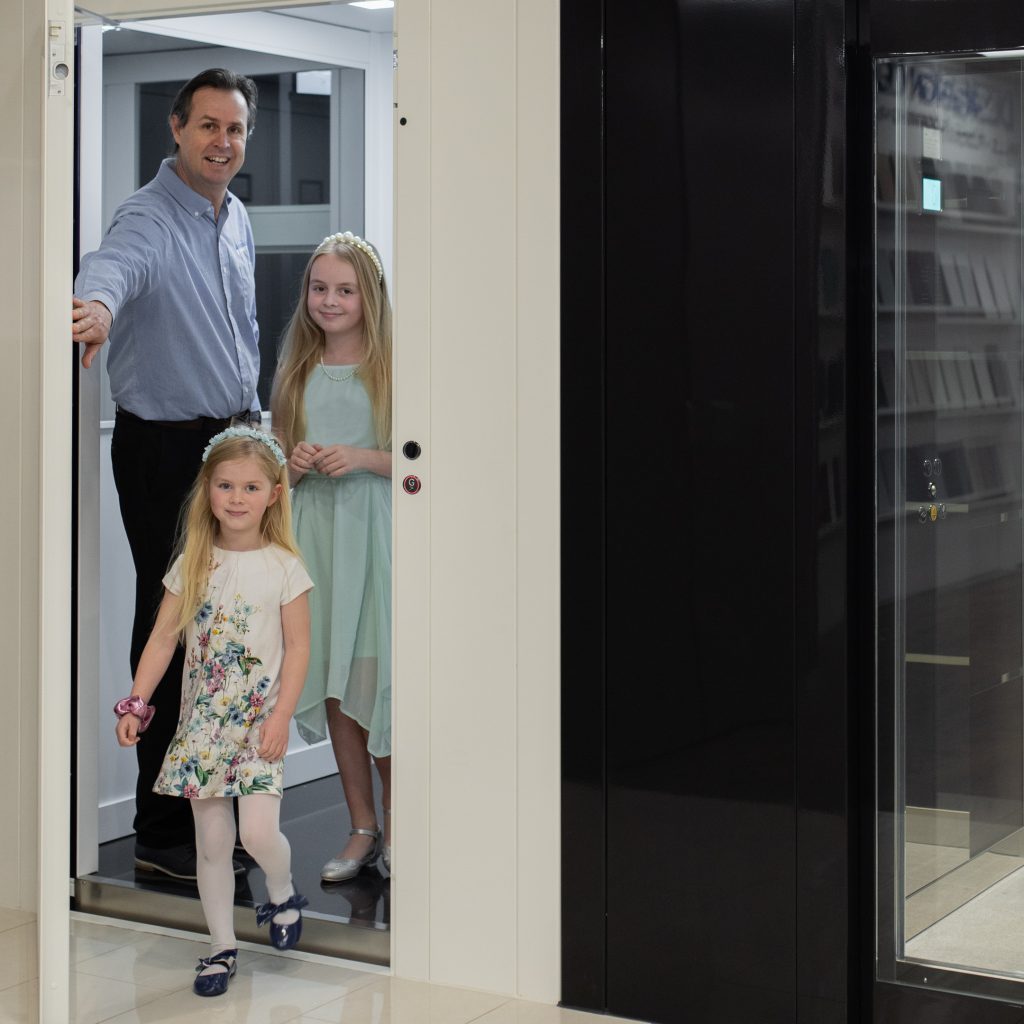For many discerning homeowners, a residential elevator is more than a practical solution; it’s an investment in comfort, longevity, and lifestyle. Whether chosen to enhance accessibility, increase property value, or future-proof your home, the decision to install a lift is both thoughtful and transformative.
Naturally, one of the first questions we’re asked is how long the installation process takes. The answer depends on several key factors, including the type of elevator, level of customisation, and whether you’re installing in a new build or an existing home.
At Platinum Elevators, our team delivers a tailored, end-to-end experience. Below, we guide you through what to expect.
Key Factors That Influence Installation Timelines
Elevator System Type

The mechanical design of your lift plays a foundational role in determining installation time. Traction elevators, which operate via counterweights and cables, generally involve more components and may require a longer installation period compared to hydraulic systems, which are more compact and straightforward.
Lift Model and Design

We offer four distinct residential models, each suited to different architectural styles and personal preferences:
- Classic Lift: Streamlined and efficient, this model is typically the fastest to install.
- Sovereign Lift: A robust, high-performance option offering added customisation.
- Royal Lift: Refined and elegant, with whisper-quiet operation and premium finishes.
- Jewel Lift: The pinnacle of design and innovation, with sophisticated features that require additional installation time.
Customisation

Bespoke elements, such as signature flooring, integrated lighting, and tailored cabin finishes, enhance the lift’s aesthetic but may extend lead times due to their unique manufacturing requirements.
New Build vs Retrofit

A lift integrated during new construction can be planned for from the outset, allowing for seamless structural and spatial alignment. Retrofitting into an existing home, however, may involve more complex work, such as creating a shaft or modifying load-bearing elements, which can extend the timeframe.
Read more: The Ins and Outs of Retrofitting
Permits and Regulatory Approvals
Permit requirements vary by local council. We recommend early consultation with your builder or architect to streamline approvals and avoid unnecessary delays.
Project Coordination

When multiple contractors, such as architects, interior designers or builders, are involved, coordination becomes essential. Our project management team works collaboratively to maintain timelines and ensure a cohesive result.
A Step-by-Step Timeline
Below, we’ve outlined the average timelines of our installation process.
Pre-Installation Phase

- Consultation: Your journey begins with a personalised consultation at our Melbourne showroom, where you can explore each model and speak directly with an elevator specialist. Depending on your preferences, this stage may involve one or more visits before progressing to design.
- Design & Engineered Drawings: Once a lift is selected, engineered drawings are prepared, typically within 10 business days, to reflect the specifications of your chosen model and site.
- Permits: As every project differs, approval times vary. We advise working closely with your appointed builder or architect to confirm the specific requirements and lead times for your property.
Manufacturing & Installation

- Manufacturing & Delivery: From the time your lift is approved for production, the lead time for manufacturing and shipment to our Melbourne warehouse is approximately 18–24 weeks.
- On-Site Installation: Once your lift arrives, our installation team works efficiently and precisely. Installation generally takes between 2 to 4 weeks, depending on the model and complexity of the site.
- Commissioning & Final Handover: The final phase includes detailed testing, site clean-up, and a full system handover. Our team ensures every element is functioning flawlessly before the lift is officially commissioned for use.
How to Ensure a Seamless Lift Installation Process

The smoothest elevator installations start with thoughtful planning. If you’re building a new home, incorporating your lift into the early design phase allows for optimal integration, structurally, aesthetically, and functionally. It also helps reduce the need for adjustments later in the build.
We recommend beginning the permit application process as early as possible, as approval timelines can vary depending on your local council and the complexity of the project. Getting ahead on this step can significantly reduce administrative delays.
Visiting our Geelong and Melbourne showrooms is another important step. Seeing and experiencing our lifts in person can help you make confident decisions about models, finishes, and design options, ensuring the end result aligns beautifully with your vision.
Most importantly, working with an experienced and detail-focused team like Platinum Elevators ensures a premium, end-to-end experience. From consultation to commissioning, we manage the process with care, precision, and professionalism, so you can enjoy peace of mind every step of the way.
At Platinum Elevators, we believe the installation of your home elevator should be as refined and seamless as the lift itself. To discuss your project or request an estimated timeline, contact our team. We look forward to helping you elevate your home with confidence and style.
Related posts:

